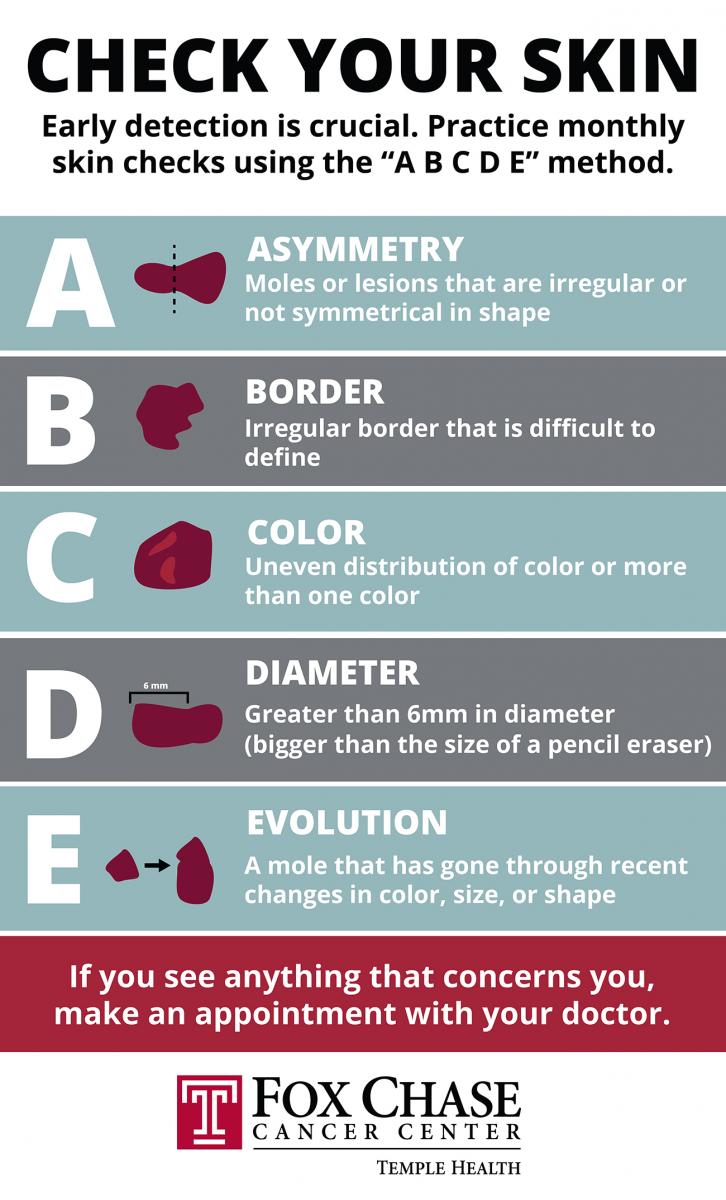
Millennials and Melanoma: Know Your Risk, Protect Your Skin
-
Many people think of skin cancer as something that tends to affect older adults. But melanoma, the deadliest form of skin cancer, is one of the most common cancers among millennials (people born between 1981 and 1996).
Even if you're serious about sun protection these days, UV-ray induced skin damage starts with your first tan or burn and builds up over time. You might be surprised to learn that one blistering sunburn alone in childhood can double the risk for melanoma later in life. For those who've spent time in tanning beds before age 30, the chances for melanoma spike by 75%.
If those numbers are unsettling, here's some reassuring news. Melanomas that are caught early are highly treatable. In fact, the five-year survival rate is 99%. One of the best ways to spot suspicious growths sooner is with monthly self-checks. You can do them at home with a mirror.
How to check your skin for melanoma
Set a monthly calendar reminder to check your body from head to toe, including hard-to-reach or hard-to-see areas like your scalp or your back. Use a mirror to get a better view or ask someone to help you look.
A good rule of thumb is to check your skin for any new spots or spots that seem to be changing in size, shape, or color. Sores that aren't healing, new redness or swelling, spreading pigment, pain or itching, or a change in texture (like lumps, bumps, scaling, or oozing) are all potential red flags, experts say.
Keep the ABDCE rule in mind. As you examine your skin, watch for:

Anyone can get melanoma. Among people with darker skin, melanomas often show up on the palms, soles, nails, and inside the mouth. Take care to examine these areas closely during your self-checks.
Protecting your skin
You can't undo past sun or tanning bed exposure. But you can help prevent further damage by protecting your skin from the sun every day. You should:
-
Use broad-spectrum sunscreen with an SPF of 30 or higher every day, even when it's cloudy.
-
Stay in the shade, especially during the part of the day when the sun is strongest (between 10 a.m. and 4 p.m.).
-
Avoid indoor tanning.
Get an expert opinion
Remember, when it comes to skin cancer, early diagnosis can be lifesaving. Monthly self-checks are a great way to get to know your skin — and to spot signs of skin cancer early. If you notice signs of a possible problem, call your doctor or a dermatologist. If it does turn out to be cancer, you can count on the experts at the Fox Chase Melanoma and Skin Cancer Program to offer experienced, compassionate care at every step of your cancer journey. Call 888-369-2427 to learn more.
-
